The 2017 Lunar and Planetary Laboratory Conference (LPLC) took place on August 18. The organizing committee (Margaret Landis, Joshua Lothringer, Maria Steinrueck, Cassandra Lejoly, Nathanial Hendler and Jess Vriesema) kept the one-day format that debuted last year. The August 21 solar eclipse (just three days after the conference) could not keep most people from attending LPLC: in total, 46 participants registered. A broad range of participants, including undergraduate and graduate students, postdoctoral researchers and staff scientists from LPL, Steward Observatory, and the Department of Geosciences, as well as members of the local community, presented a total of 32 talks.
Associate Professor Joellen Russell gave a lively keynote address titled Remote Discovery in Earth's Fiercest Ocean, which presented her research group’s efforts to understand the Southern Ocean with a combination of innovative profiling floats, remote sensing and computer modeling. In addition to the keynote, there were six invited talks, with topics ranging from a seismometer terrestrial analog mission presented by Daniella DellaGiustina to hot Jupiter exoplanets by Vivien Parmentier to analysis of Calcium-Aluminum Inclusions in meteorites by Prajkta Mane. Another LPLC highlight was the invited talk by Gabriella Cázares-Kelly from Indivisible Tohono O’odham. She gave the audience a short introduction to Tohono O’odham culture and provided some cultural and historic context about the region around Kitt Peak, which lies on Tohono O’odham land that has been leased to the observatory.
As in previous years, LPLC also hosted a graduate student talk competition. The judges, Alfred McEwen, Joe Giacalone, and Matt Chojnacki, evaluated ten talks from graduate students in the first session. This year’s winner was Shane Stone and his talk on the Temperature Structure of the Martian Upper Atmosphere from MAVEN NGIMS. The conference concluded with a reception for the attendees. The LPLC organizing committee would like to extend thanks to all who participated and attended. Abstracts and registration for next year’s LPLC will open summer 2018.


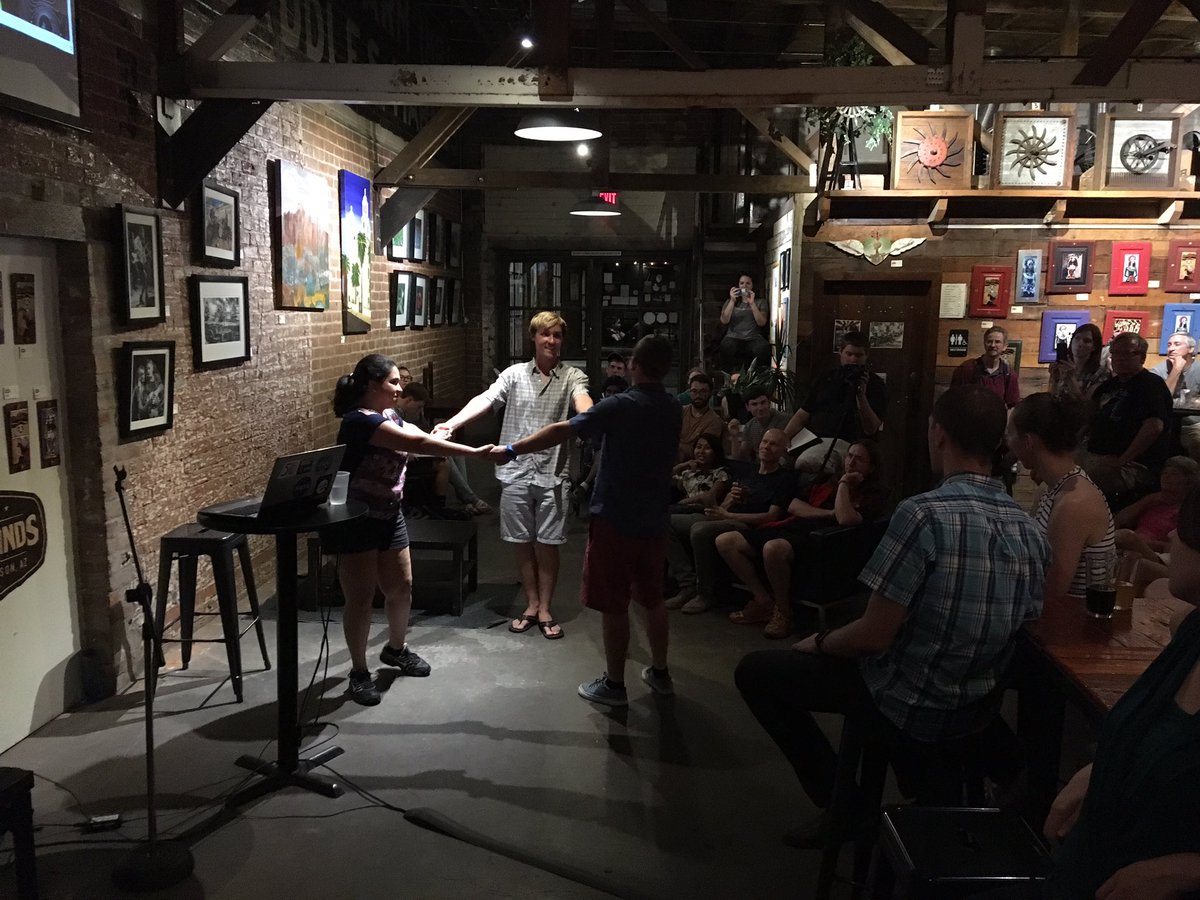
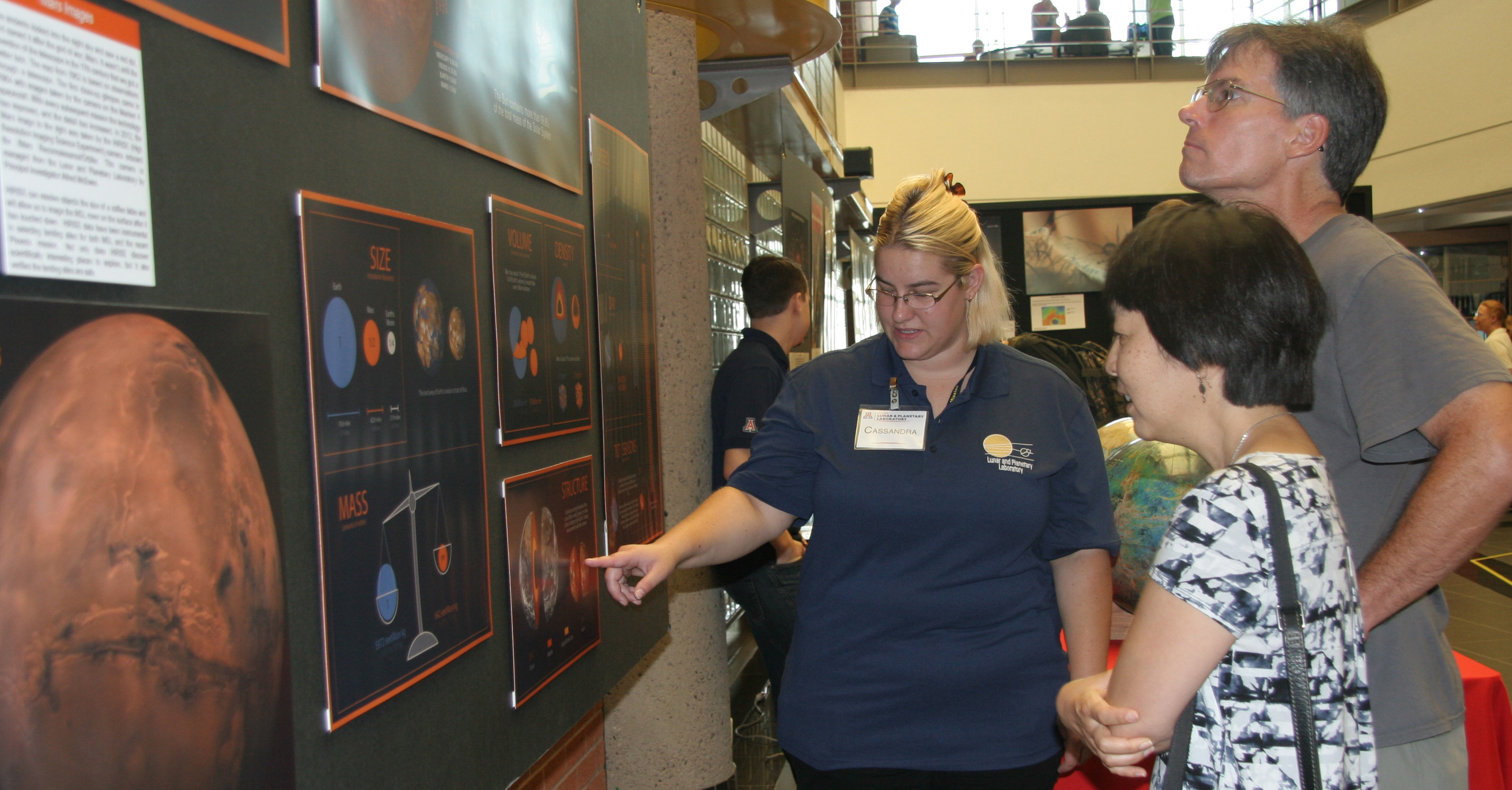

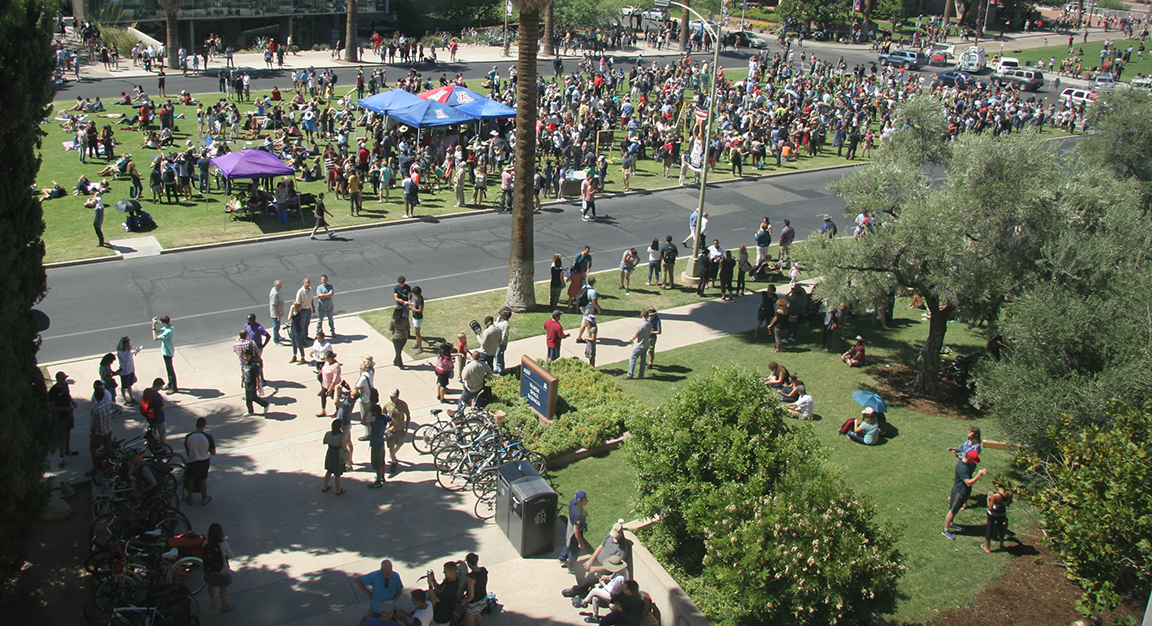 Above: Eclipse watchers gathered in front of the Kuiper Building on August 21. Below: LPL graduate student volunteer Maria Steinrueck and three eclipse observers.
Above: Eclipse watchers gathered in front of the Kuiper Building on August 21. Below: LPL graduate student volunteer Maria Steinrueck and three eclipse observers.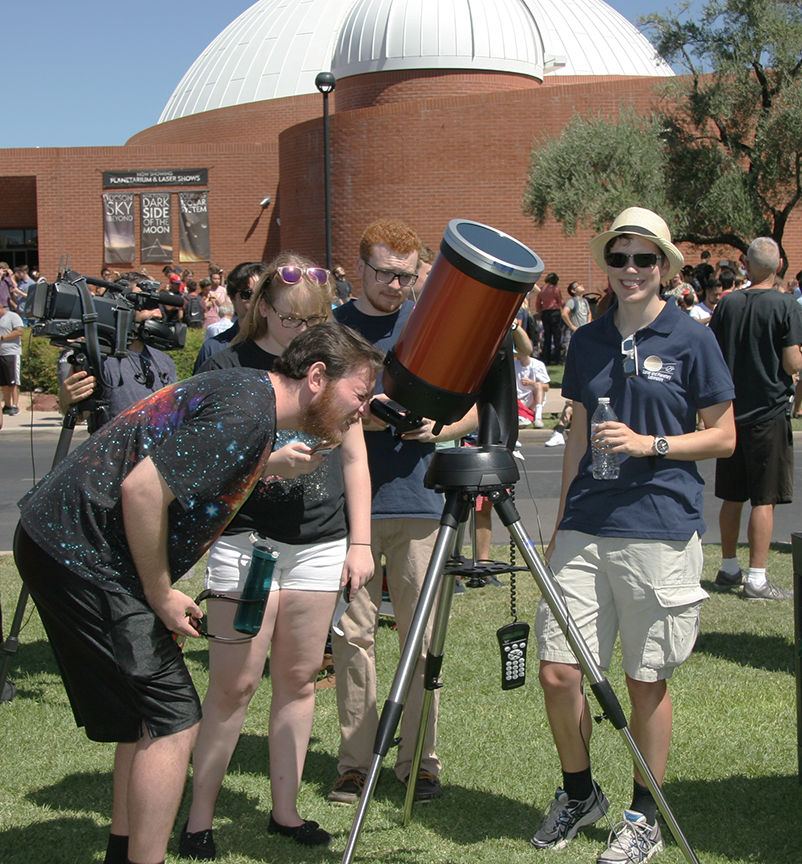

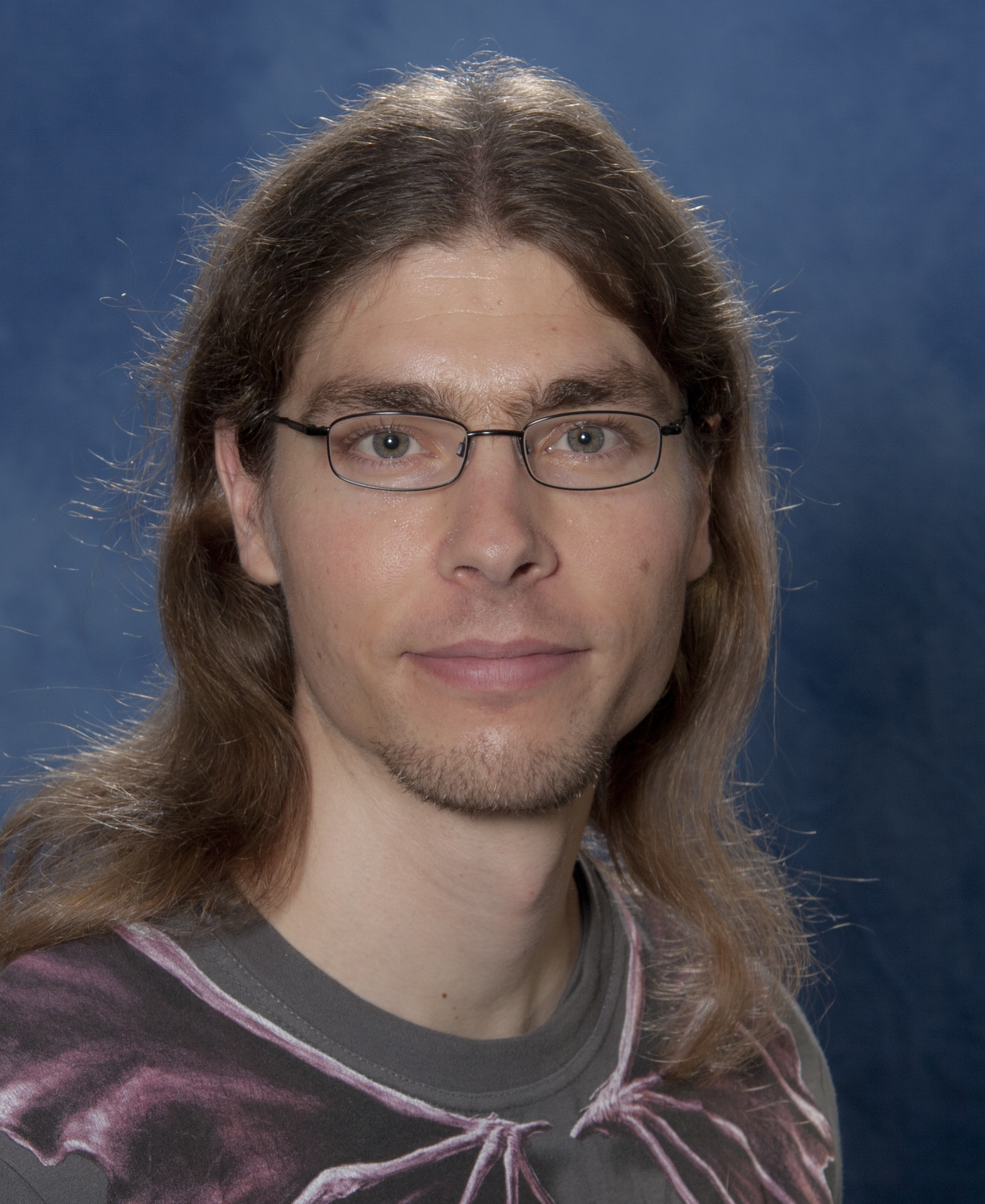 Gijs Mulders joined LPL in August 2013 to work with
Gijs Mulders joined LPL in August 2013 to work with 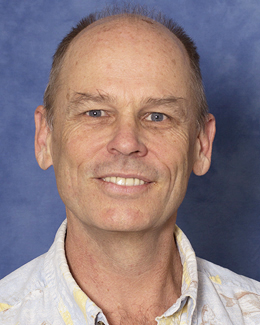
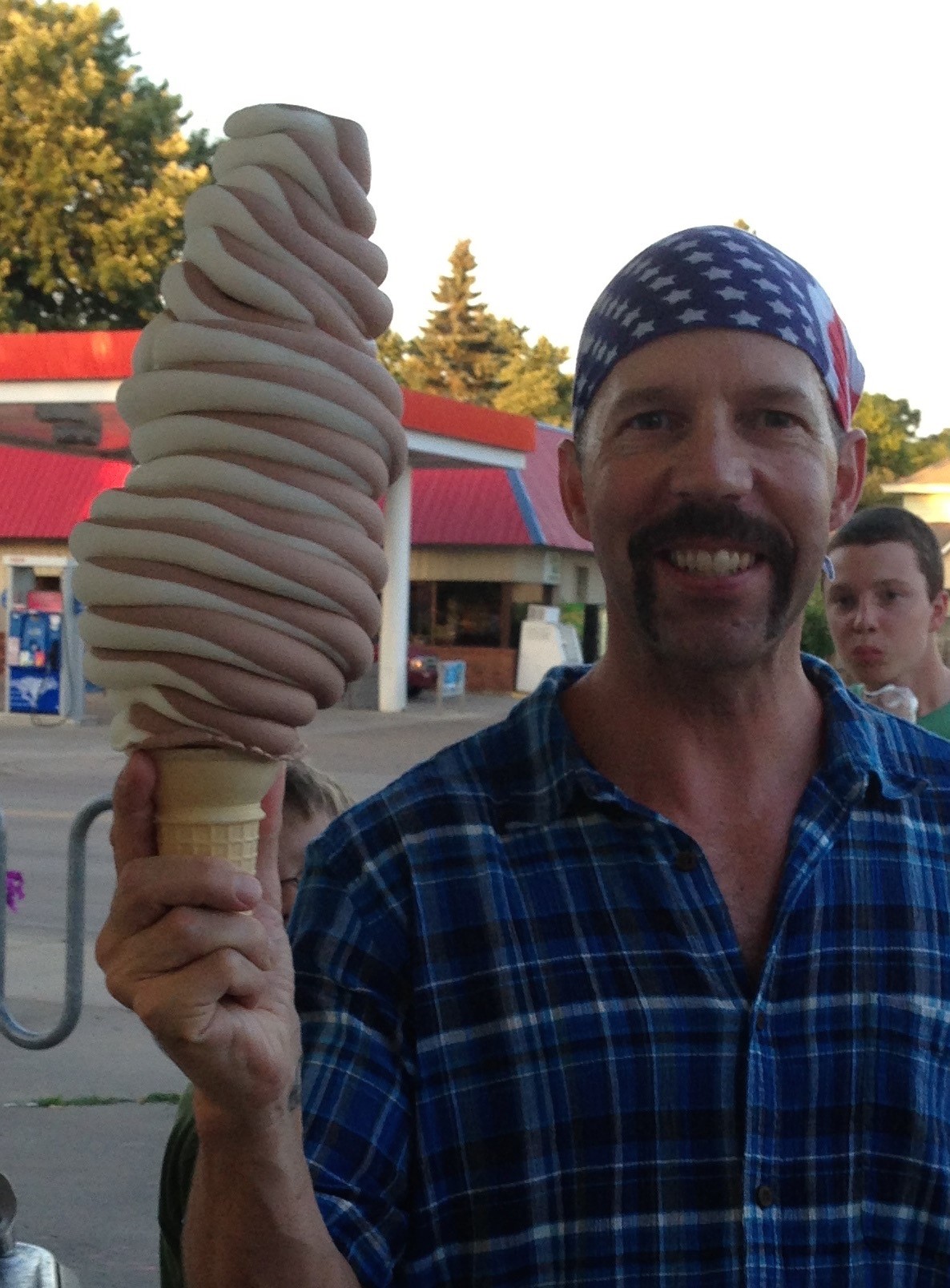 Long-time LPL adjunct instructor
Long-time LPL adjunct instructor 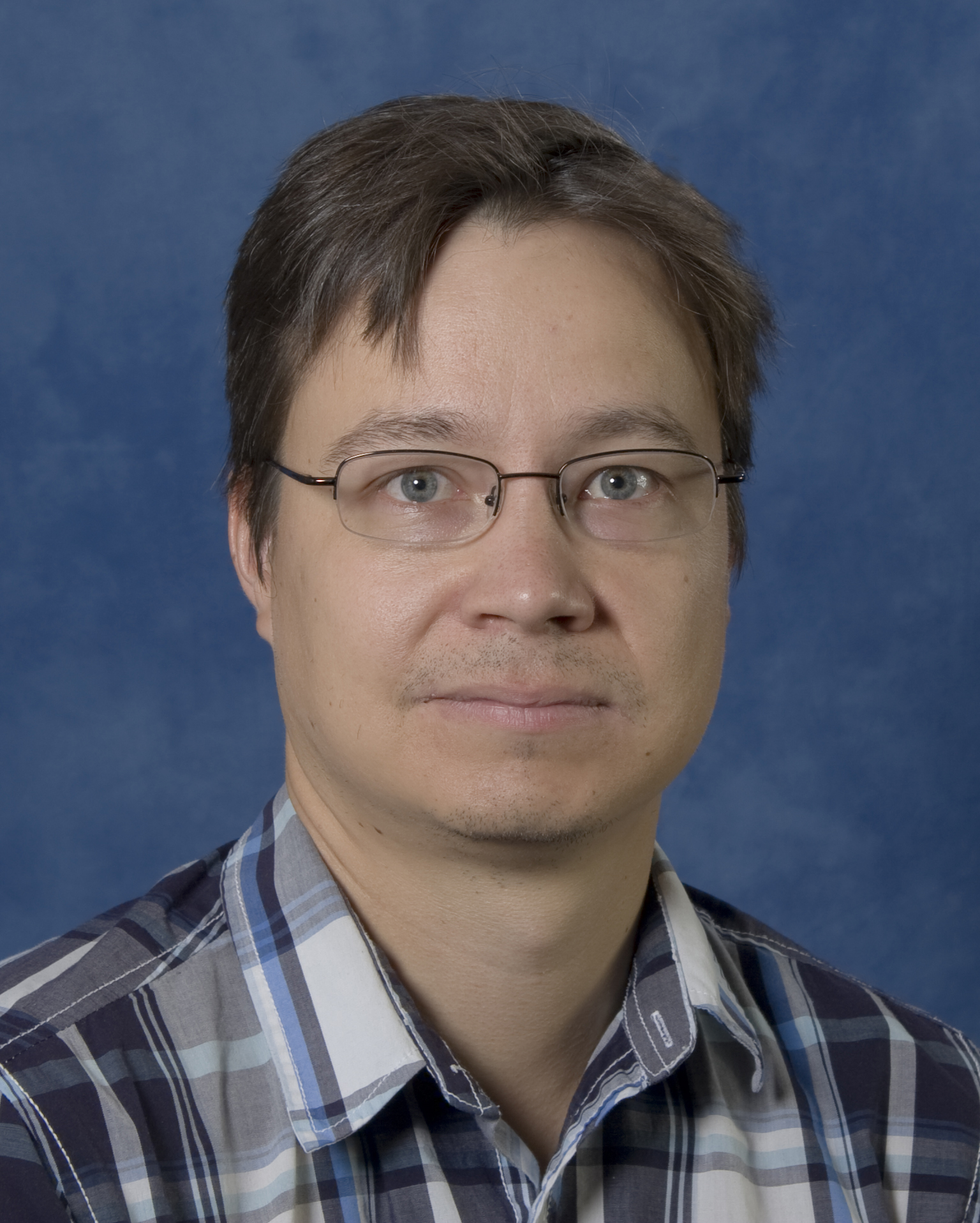
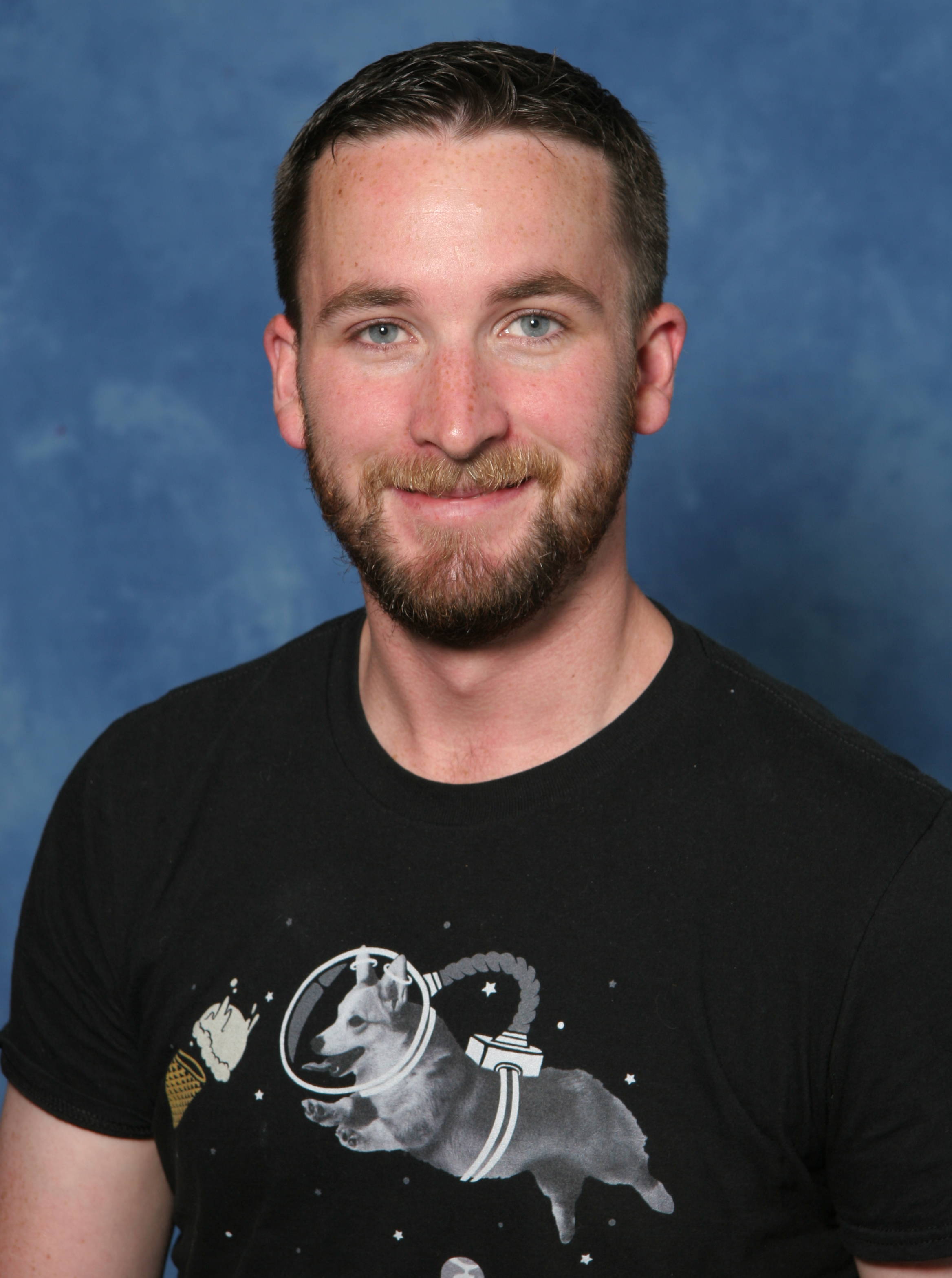 James Keane is currently a postdoctoral associate at the Joint Center for Planetary Astronomy at CalTech. He defended his dissertation (Tidal-Rotational Dynamics of Solar System Worlds, from Mercury to Pluto) on May 12.
James Keane is currently a postdoctoral associate at the Joint Center for Planetary Astronomy at CalTech. He defended his dissertation (Tidal-Rotational Dynamics of Solar System Worlds, from Mercury to Pluto) on May 12. 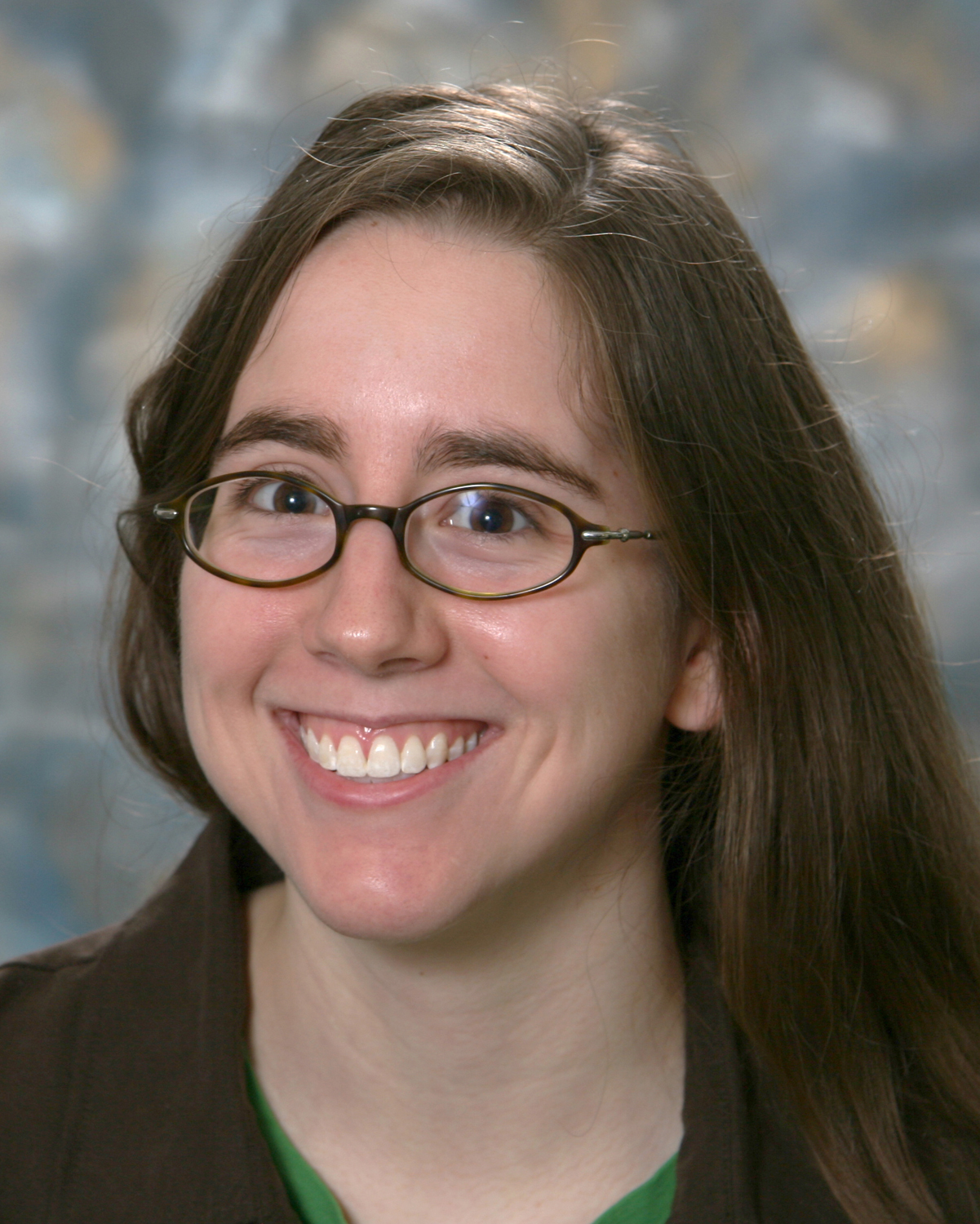 Sarah Morrison defended The Dynamics and Implications of Gap Clearing via Planets in Planetesimal (Debris) Disks on May 10, and is now a postdoctoral associate in the Department of Astronomy and Astrophysics, University of Pennsylvania. Sarah was advised by
Sarah Morrison defended The Dynamics and Implications of Gap Clearing via Planets in Planetesimal (Debris) Disks on May 10, and is now a postdoctoral associate in the Department of Astronomy and Astrophysics, University of Pennsylvania. Sarah was advised by 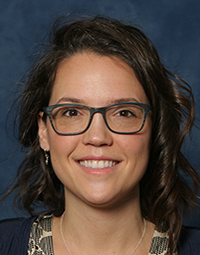
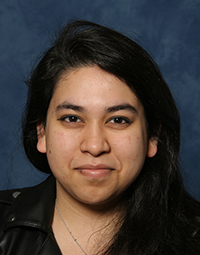
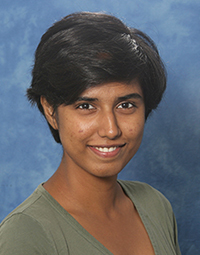
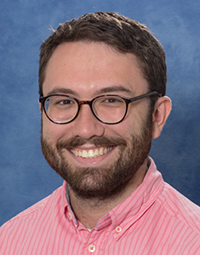

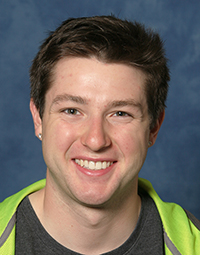
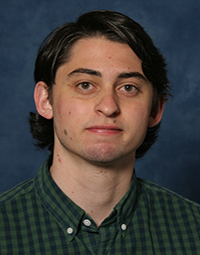

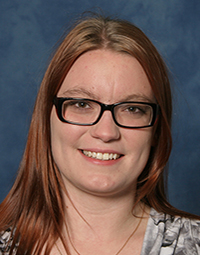

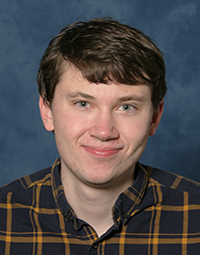
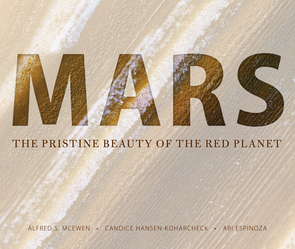
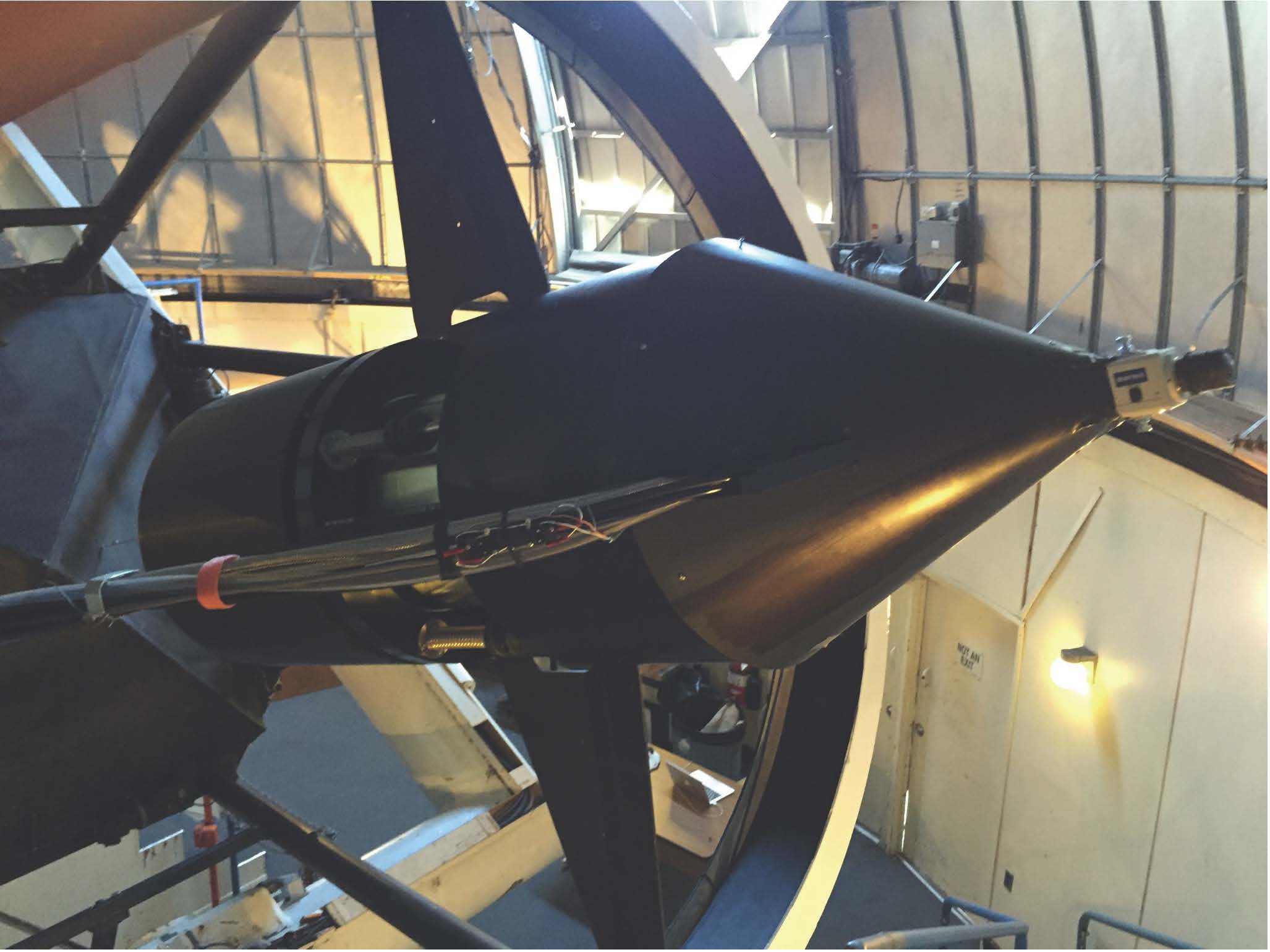
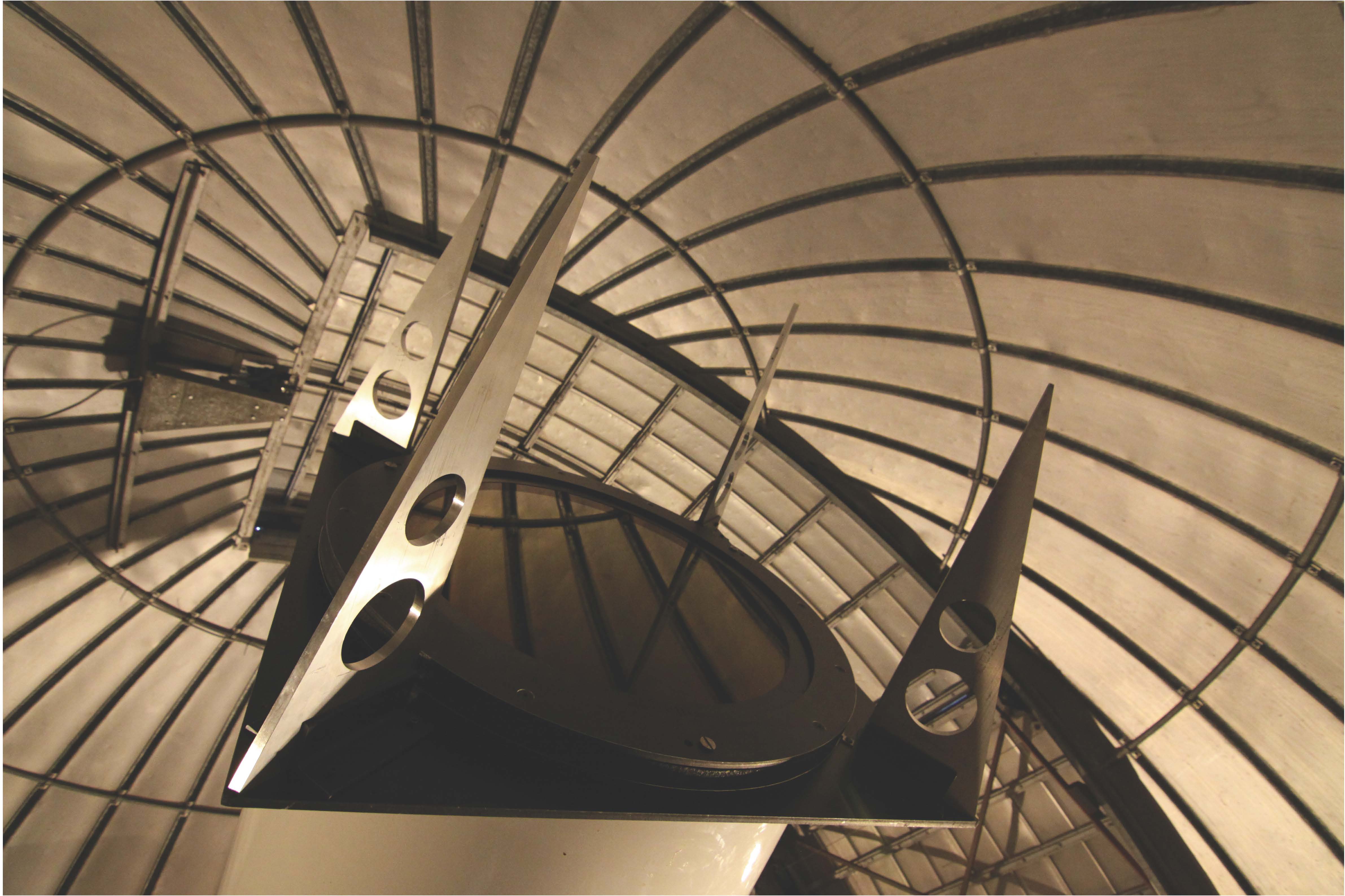
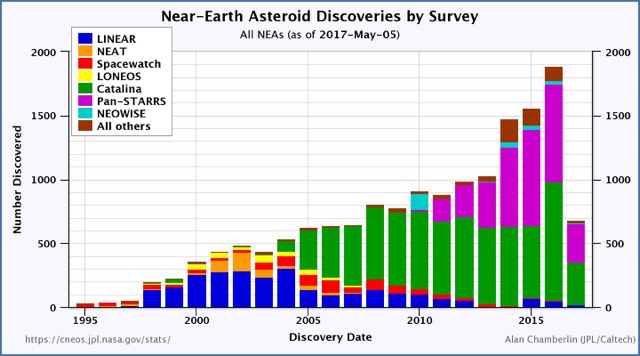
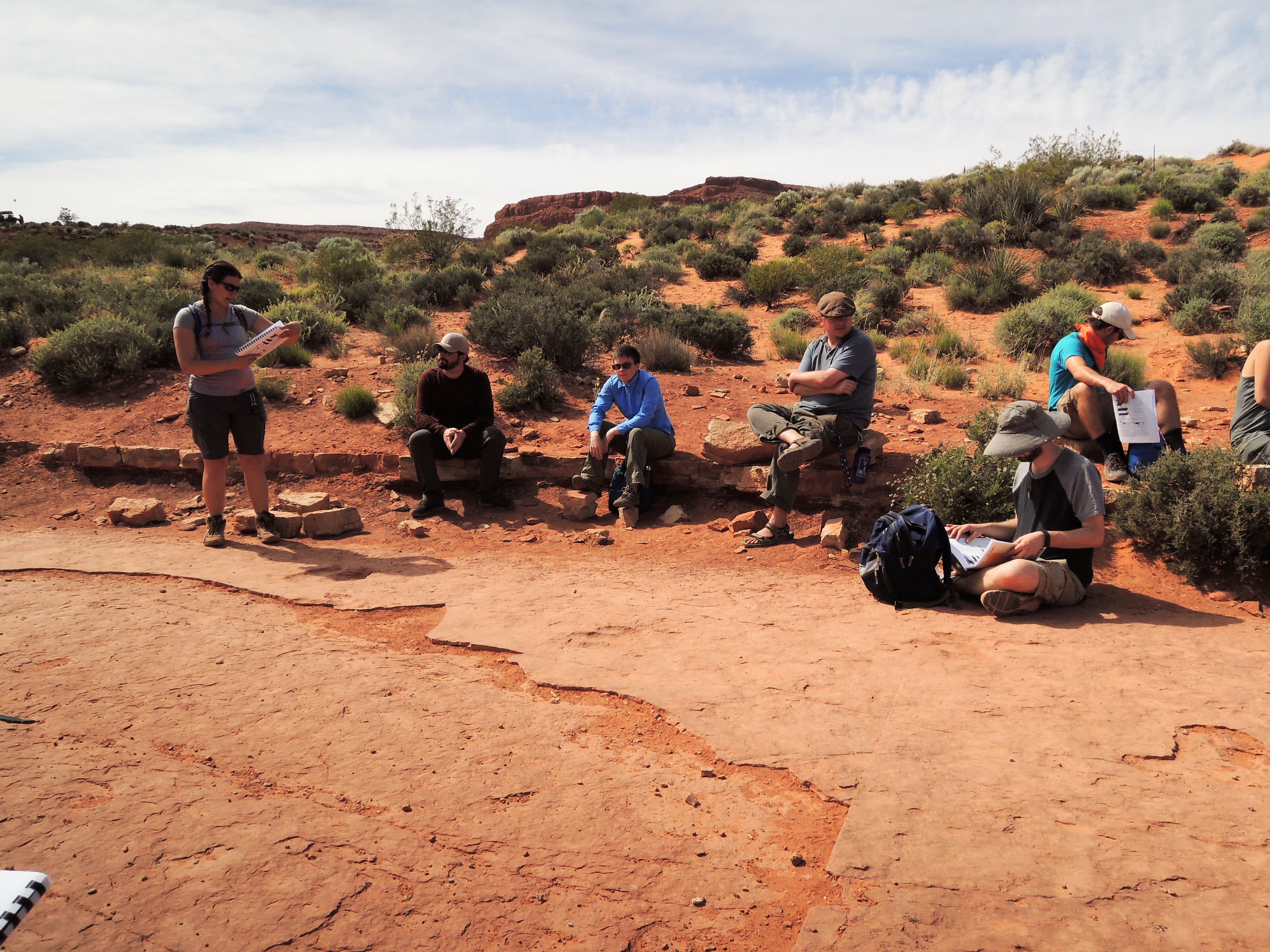 Donna Viola gives a talk on the formation of dinosaur tracks in the Grand Staircase.
Donna Viola gives a talk on the formation of dinosaur tracks in the Grand Staircase.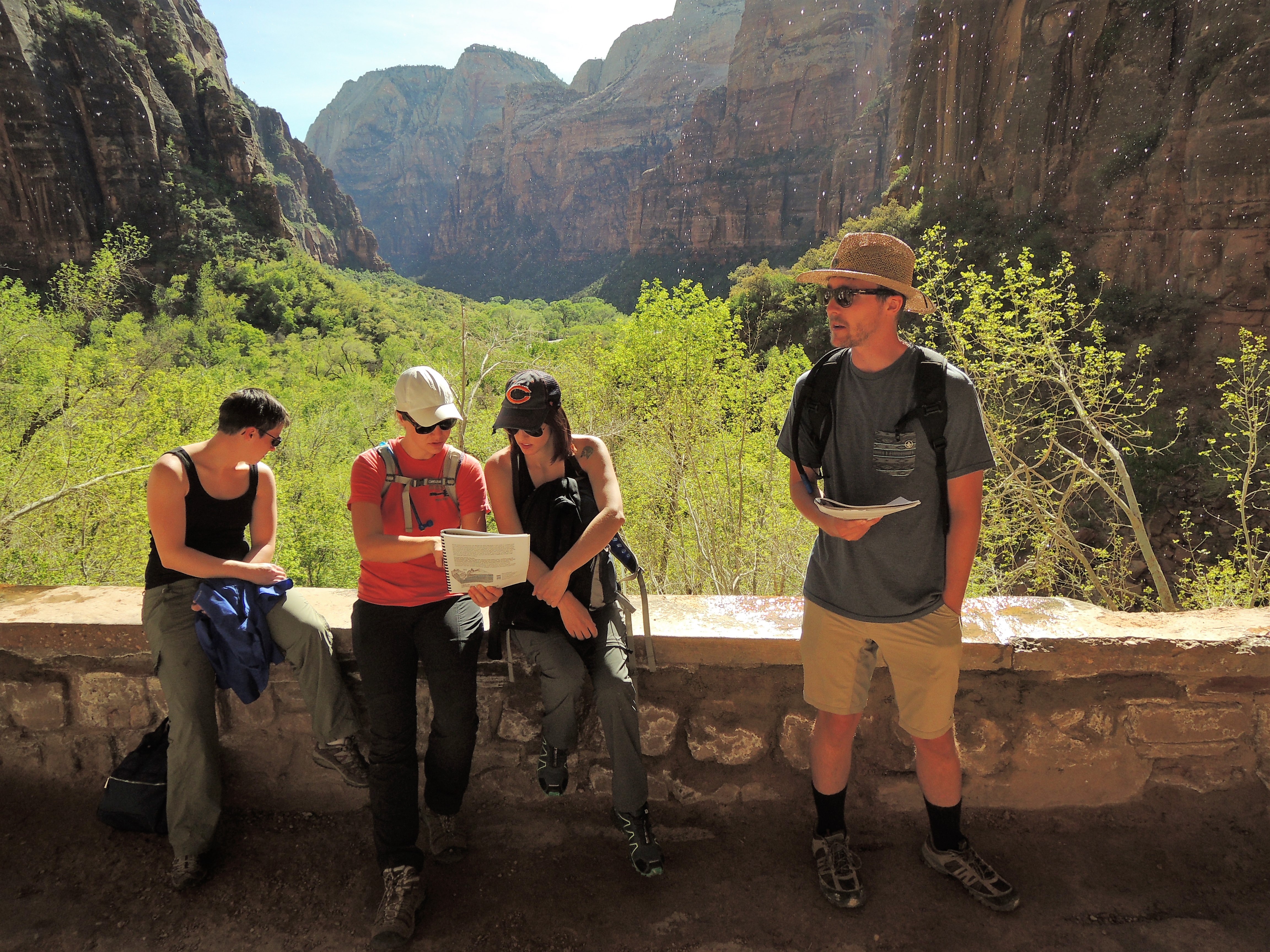 Kyle Pearson speaking about the formation of Weeping Rock and sapping channels. Water can be seen cascading from the formation in the background.
Kyle Pearson speaking about the formation of Weeping Rock and sapping channels. Water can be seen cascading from the formation in the background.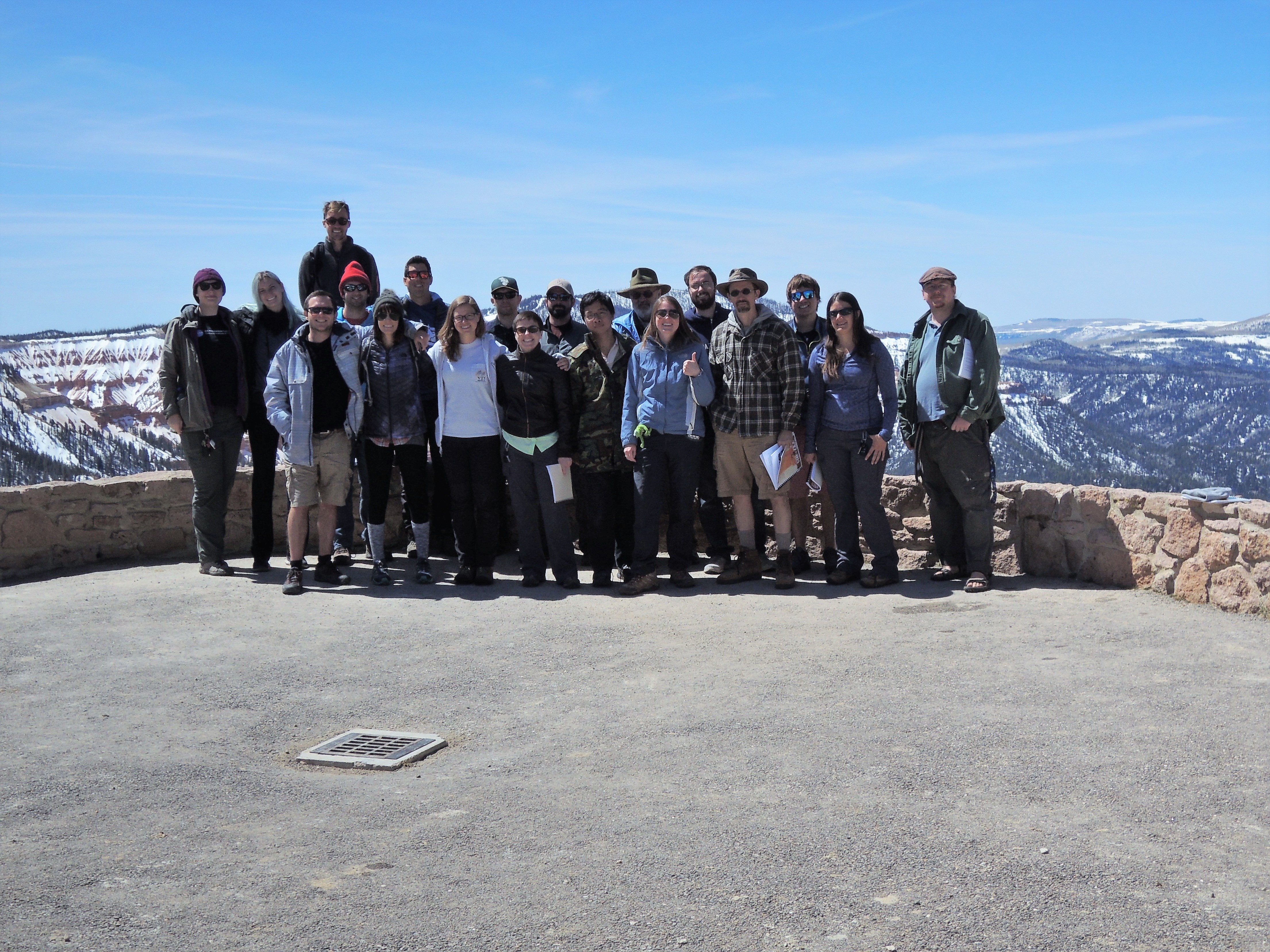 Spring 2017 field trip group at Brian Head, a vantage point where many layers of the upper Grand Staircase can be observed.
Spring 2017 field trip group at Brian Head, a vantage point where many layers of the upper Grand Staircase can be observed.